
Growkit Copelandia Hawaiian mushroom
Panaeolus cyanescens, also known as Copelandia cyanescens, is a mushroom in the Bolbitiaceae family. Panaeolus cyanescens is a potent psilocybin mushroom and is similar to Panaeolus tropicalis. It is a fungal species found all over the world, including islands in Oceania, Australia, Europe, and North and South America (1,2).

Buy Panaeolus Cyanescens Psilocybin Mall Panaeolus Cyanescens
What Is Panaeolus Cyanescens (Aka Copelandia Cyanescens)? Adam Parsons Last updated: March 30th, 2022 Table of contents Whether you know them as Panaeolus cyanescens , Copelandia cyanescens, or by the nickname "The Hawaiian", they all refer to the same species of fungus.

Panaeolus Cyanescens Photo Fungus Identification The Corroboree
Panaeolus spores are from the genera panaeolus mushrooms and are very active mushrooms growing throughout most warmer regions of the world that get a decent amount of rain. The spores from panaeolus cyanescens, tropicalis,bisporus, and cambodginiensis areblack.

Copelandia cyanescens Mushroom Cultivation Shroomery Message Board
Results proposed that the water extracts of Panaeolus cyanescens and Psilocybe cubensis did not aggravate the pathological hypertrophy induced by endothelin-1 and also protected against the TNF-α.

Anyone have experiance with Australian Panaeolus (Copelandia
Panaeolus cyanescens, known commonly as "Blue Meanies" mushrooms, is one of the more potent species of psilocybin-containing mushrooms. They're relatively small and easily go unnoticed by psychedelic mushroom foragers.

Copelandia Cyanescens (JAMAICA) Mushroom Cultivation Shroomery
Panaeolus cyanescens, also known as Pan Cyans, Blue Meanies, or Copelandia cyanescens, are a coprophilous mushroom, meaning they thrive on animal dung. They are a potent magic mushroom, sometimes described as two to three times the potency of a wild cubensis.

Wild Hawaiian Panaeolus/Copelandia cyanescens (?) cultivation
Panaeolus bisporus, also known as Copelandia bisporus is a rare and widely distributed little brown mushroom that bruises blue and contains the hallucinogen psilocybin . This mushroom is similar macroscopically to Panaeolus tropicalis, Panaeolus cambodginiensis and Panaeolus cyanescens, but can be differentiated using a microscope by its two.
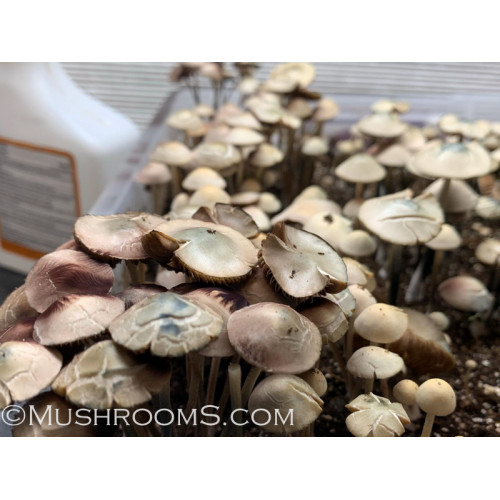
Panaeolus copelandia cyanescens Purple Haustralia Venom Spore Print
Panaeolus cyanescens is a tropical/subtropical grassland species, often found in dung—just like another familiar mushroom we know. If you were not aware of Blue Meanies, you could easily miss a patch while foraging for the more popular Psilocybe cubensis. The former is believed to contain two to three times the psilocybin found in cubensis.

Anyone have experiance with Australian Panaeolus (Copelandia
Copelandia is a now deprecated [1] genus of mushrooms consisting of at least 12 species. [2] Many American mycologists previously placed members of Panaeolus which stain blue into Copelandia, whilst European mycologists generally used the name Panaeolus instead.
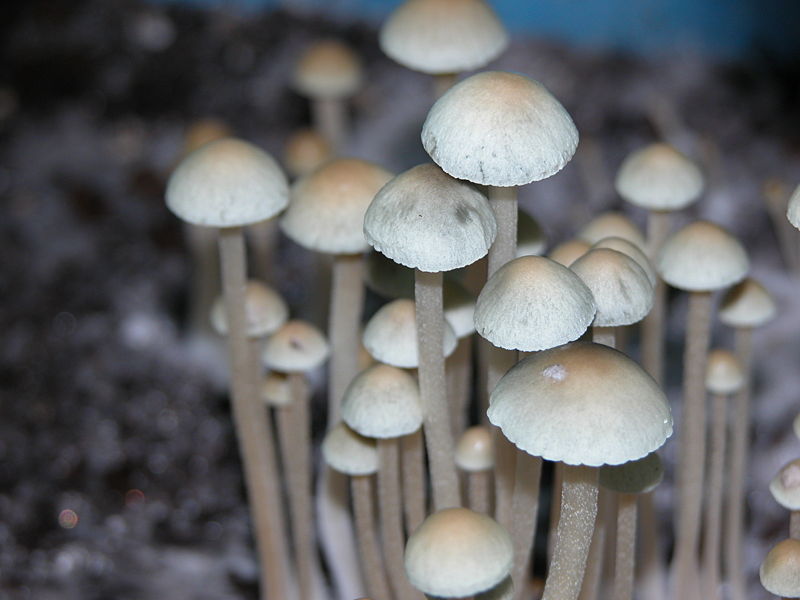
Panaeolus cyanescens Mycology Wiki
Panaeolus cyanescens, commonly known as the blue staining panaeolus, [1] is a mushroom in the Bolbitiaceae family. Panaeolus cyanescens is a common psychoactive mushroom and is similar to Panaeolus tropicalis . Description Cap: 1.5 - 4 cm across, dry, at first hemispheric, expanding to campanulate to convex, with an incurved margin when young.
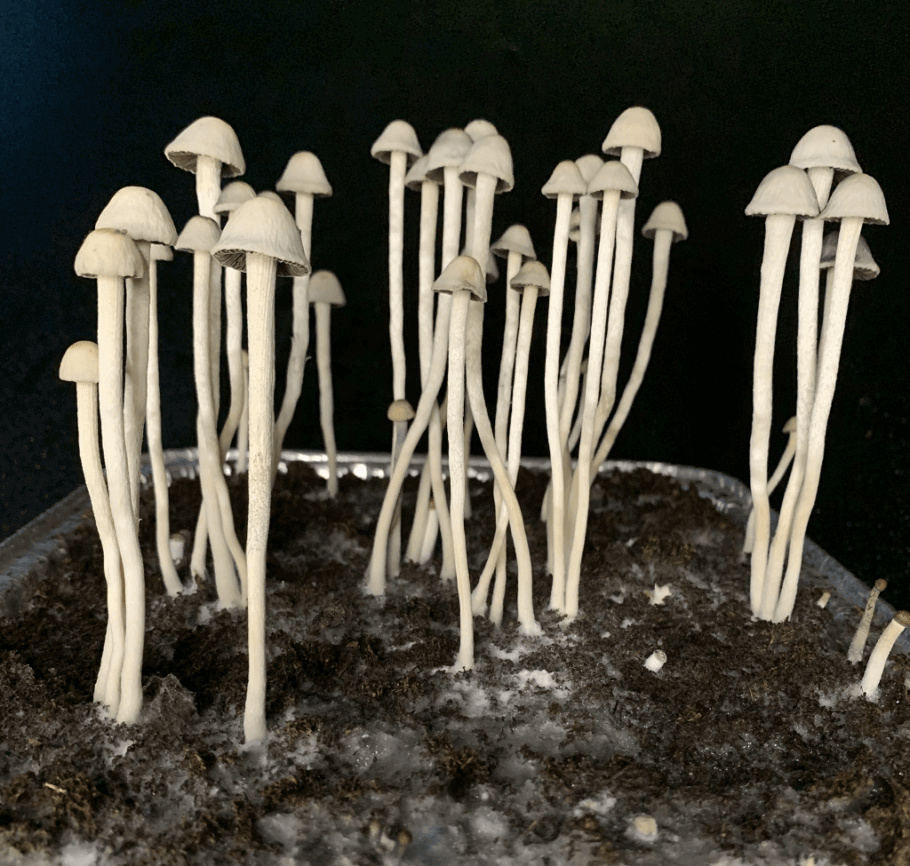
Différences entre Panaeolus Cyanescens (Copelandia hawaïen) et
Panaeolus cyanescens has a similar temperature range as Psilocybe cubensis e.g incubate at 80°F and fruit at 75°F so no real changes are needed in your equipment set up. It should also be noted that Panaeolus cyanescens mycelium is not quite so thick as Psilocybe cubensis so it will appear more wispy and cottony. The standard technique: 1.

Copelandia (Panaeolus) Cyanescens? Mushroom Hunting and
Tek 1: This is extremely crude, but I hear it works. Prepare a spore syringe using the prints. Prepare PF Tek type jars, it is not necessary to use as much substrate as you usually would. Inoculate the jars, using plenty of spore solution. Grow the jars out somewhere warm. Mid 90's seems to work fine.

Wild Hawaiian Panaeolus/Copelandia cyanescens (?) cultivation
Edibility No members of Panaeolus are used for food, though some are used as a psychedelic drug. Thirteen species of Panaeolus contain the hallucinogen psilocybin [5] including Panaeolus cyanescens and Panaeolus cinctulus.
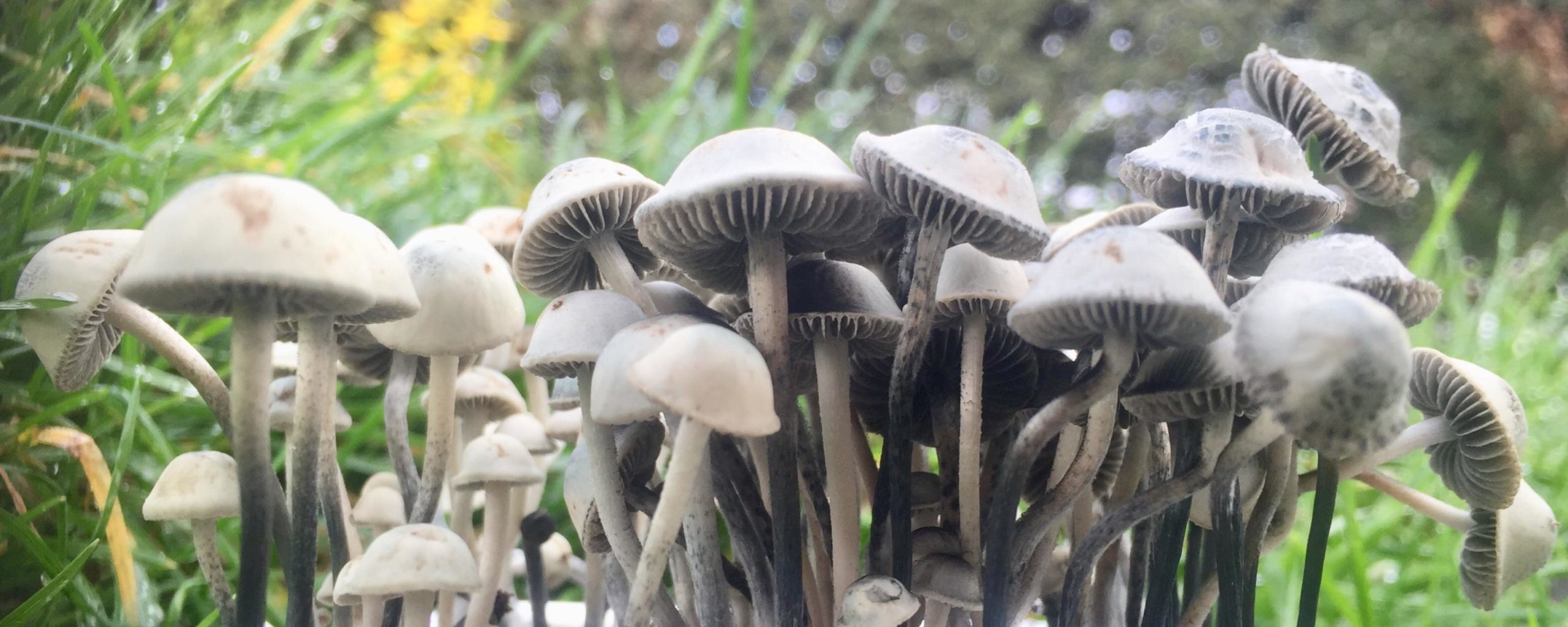
Panaeolus Cyanescens The Psychedelic Blue Meanies Mushroom
Panaeolus cyanescens, sometimes called Copelandia cyanescens, is a potent psilocybin mushroom in the Copelandia genus and is similar to C. tropicalis. Copelandia cyanescens is a small, grayish-colored mushroom that contains the psychoactive compound psilocybin.
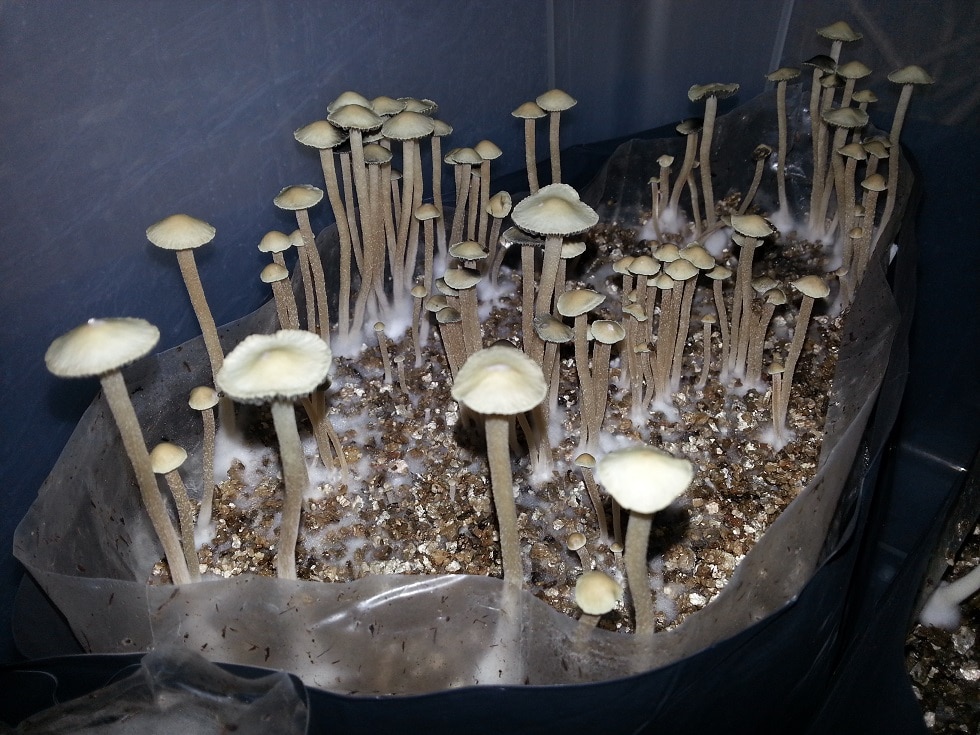
Panaeolus (Copelandia) cyanescens Grow kit CyberShrooms
Panaeolus cyanescens and the Panaeolus tropicalis are grown almost exactly in the same way. And this is not that different from growing the Psilocybe cubensis either. However the Panaeolus cyanescens and the Panaeolus tropicalis are in many ways much more vulnerable than the Psilocybe cubensis.
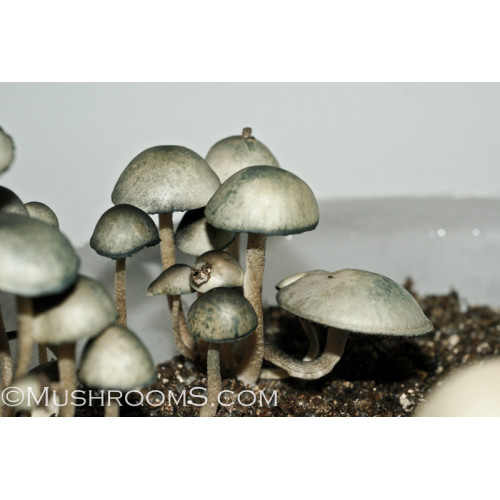
panaeolus copelandia cyanescens Australia Spore Syringe
No veil. Gills: Present and attached to stem; tightly packed; gray becoming black as spores develop. Stem: up to 12cm in height; thin - 2-4mm thick; long and slender; bruises blue; colored pale yellow or gray or pink-tinged. Smell: Floury or starch-like. Taste: Floury or starch-like. Spores: Elliptical and smooth. Spore color: Dark purple or black.